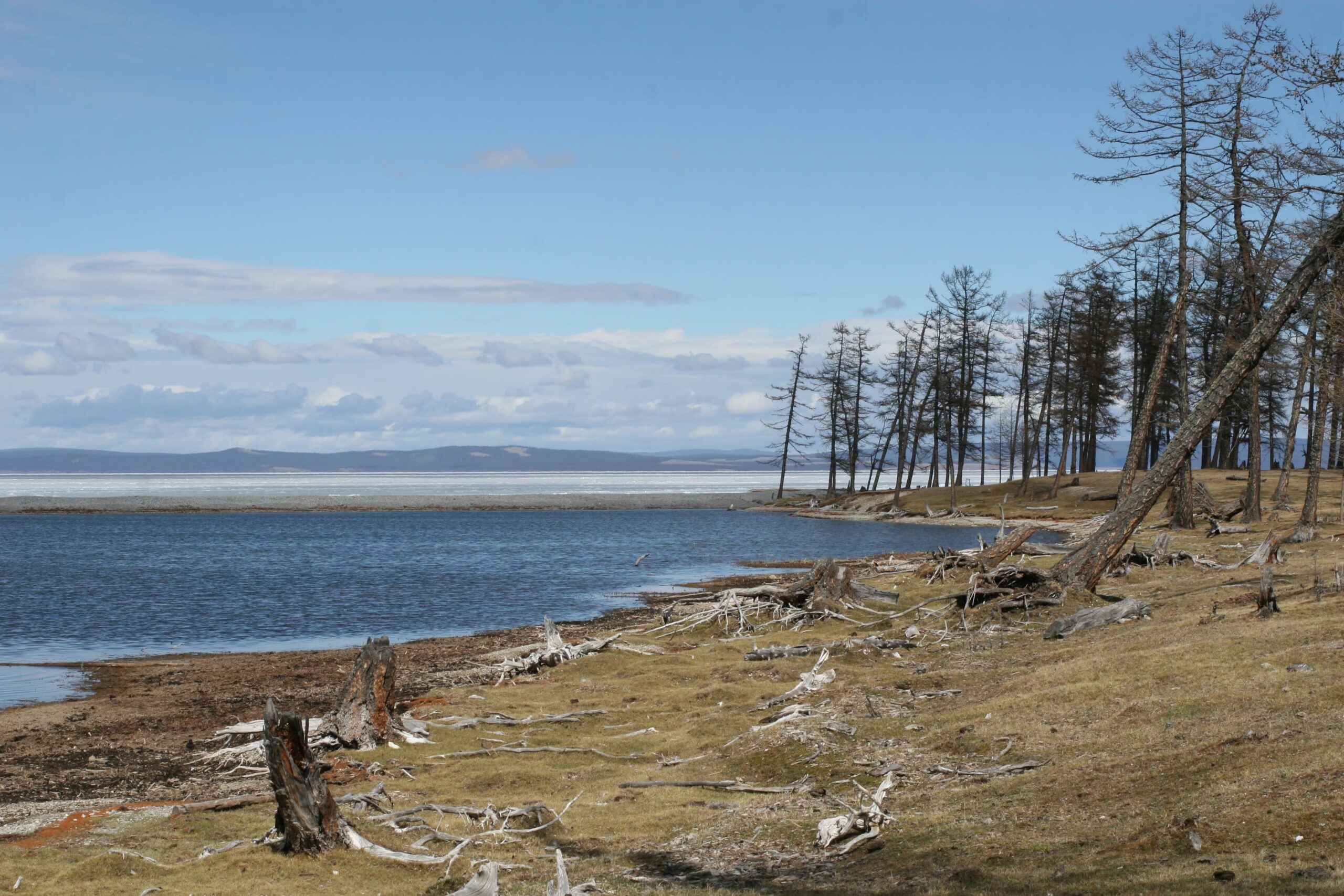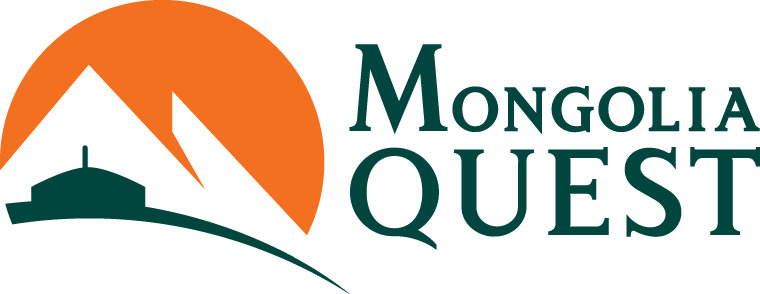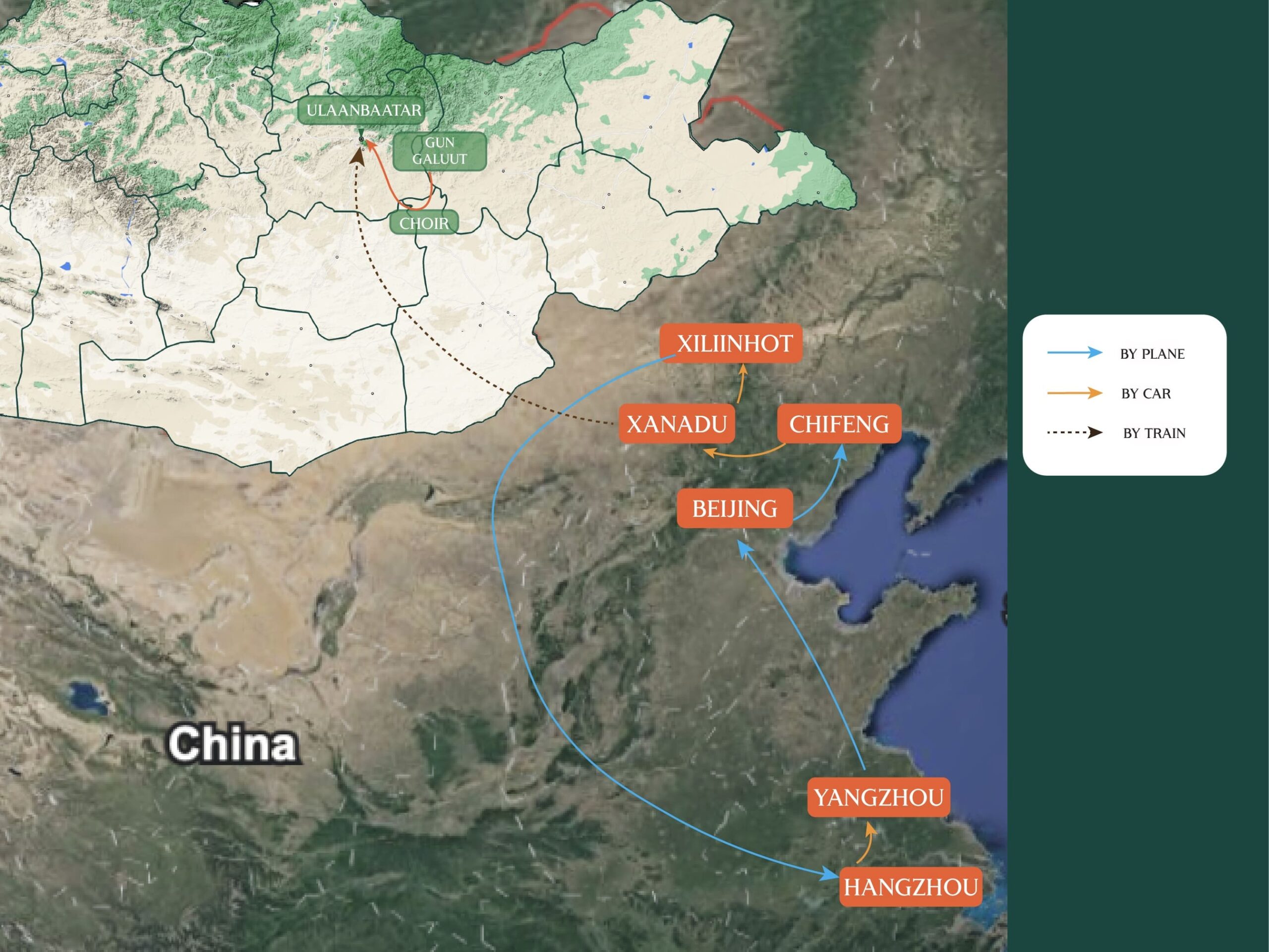Trip Summary
As we all know, Marco Polo went to China, becoming the first European to give a detailed description of the great Chinese civilization. But Marco Polo didn’t just go to China; he went to a China that was part of the great Mongol empire, an empire that wiped clean the map of Eurasia in the thirteenth century and inaugurated a new age.
The Mongol dynasty in China reunified the north and south, which had been divided for centuries, made Beijing the country’s capital, created the modern provinces of China, and introduced into the country religions and cultures—Muslim traders, Tibetan-style Buddhist lamas, and Mongol soldiers—that have formed part of China’s multi-ethnic nature to the present day. Modern China was made by the Mongol empire, and Marco Polo was there when it was being born, moving in elite circles where Mongol, Turkic, and Persian were more often spoken than Chinese. He praised the brilliance and abilities of the great Mongol Khan Kubilai, admired the hardiness of the Mongols, men and women alike, who had built the empire, and was dazzled by the wealth and sophistication he found among the Chinese inhabitants of “Taidu” and “Quinsai” (today’s Beijing and Hangzhou). Join us as we explore the world of Marco Polo and his legacy in China and Mongolia.
Trip Highlights
WHAT YOU CAN EXPECT…
- Learn about Marco Polo’s travels and his detailed accounts of Chinese civilization during the Mongol empire.
- Visit some of Chinese and Mongolian most famous historical and natural monuments
- Enjoy meeting ordinary Chinese and Mongolian people and learn about their culture
- Visit Chinese less visited and unknown towns which played important historical roles
- Explore Mongolia’s diverse and rich flora and fauna at Gun Galuut Nature Reserve
- Enjoy traveling by train on the Trans-Mongolian railway.
THIS TOUR IS PERFECT FOR…
- Those interested in the historical significance of Marco Polo’s journey and the Mongol empire’s influence on modern China.
- Travelers passionate about exploring diverse cultures, religions, and traditions.
- Individuals eager to follow in the footsteps of one of history’s greatest explorers.
- Those who wish to deepen their understanding of world history, particularly the interactions between Europe and Asia.
- People fascinated by historical languages and the stories of ancient civilizations.
- Photographers and Storytellers looking to capture and narrate the historical and cultural richness of China and Mongolia.
Trip Map & Itinerary
Arrive in Beijing, where you will be welcomed and transferred to your hotel to check in. Enjoy a welcome Peking Duck dinner at Xiao Wang’s Home Restaurant inside Ritan Park.
Beijing, the center of China’s politics and culture since the time of Kubilai Khan in the 13th century, showcases China’s best art and imperial culture. In addition, today’s Beijing offers an excellent performance community, and a healthy variety of fine dining establishments. (Novotel Xinqiao Beijing (4-star), Superior Room Dinner)
Visit the China National Tea Museum to learn about tea-making and China’s tea culture. Then, head to Longjing tea village to taste tea at a local family home and hike around the tea plantations. After lunch, explore the famed Lingyin Temple and Feilai Peak, featuring ancient Buddhist statues. If time permits, take a walk at Yongfu Temple. (Lakeview Hotel, Lake View Room, B,L,D
Visit the Phoenix Mosque, a significant site for Hangzhou’s Muslims. Tour West Lake with a private paddle boat ride. After lunch, drive to Yangzhou and transfer to the hotel. (Crowne Plaza Yangzhou, Superior Room, B,L,D)
Visit the Marco Polo Memorial Hall and Lu’s Salt Merchant Residence. After lunch, explore Ge Garden, known for its unique rock layouts. Take a leisurely stroll along the picturesque Slender West Lake. Dinner will be at a local restaurant by the lake. (Crowne Plaza Yangzhou, Superior Room, B,L,D)
Fly to Beijing and check into your hotel. Enjoy free time in the afternoon. A farewell dinner will be at Haidilao Hot Pot, known for its hospitality and authentic Sichuan cuisine. (Novotel Xinqiao Beijing, Superior Room, B,L,D)
Fly to Beijing and check into your hotel. Enjoy free time in the afternoon. A farewell dinner will be at Haidilao Hot Pot, known for its hospitality and authentic Sichuan cuisine. (Novotel Xinqiao Beijing, Superior Room, B,L,D)
Watch the Gobi Desert pass by your window until you reach Choir. Transfer to a ger camp at Gun Galuut Nature Reserve. Visit a traditional Mongolian family and enjoy horse riding. Overnight in gers. (Ger Camp; B,L,D)
Travel north to Ulaanbaatar, stopping at the vast Chinggis Khan statue and the Tonyukuk Monument. Continue to Ulaanbaatar and check into your hotel. Dinner will be at a local restaurant. (Hotel Blue Sky or similar; Breakfast, Lunch, Dinner)
Visit Gandan Monastery, National History Museum, and Fine Arts Museum. Enjoy free time in the afternoon for shopping and sightseeing. In the evening, watch a traditional Mongolian performance followed by a farewell dinner. Overnight at hotel. (Hotel Blue Sky or similar; B,L,D)
Post-trip Extensions

Post-Trip Naadam Festival Extension
Why not extend your journey and witness Mongolia’s largest summer festival, the Naadam games? Each year, Mongolians celebrate their age old festival for two days in the middle of July. Our trip takes you to Lake Hovsgol, where the games are much more authentic and personal than the big city ones. Naadam Festival is an occasion for re-unions and big feasts and is a chance to capture Mongolian culture and traditions at its best.

Post-Trip Lake Hovsgol Extension
Why not extend your journey and explore Mongolia’d highest national park and roof of Mongolia. The majestic Altai Tavan Bogd, or the “Five Peaks of the Altai Mountains”, located on the very edge of the western border with Russia and Kazakhstan. It is home to the local kazakh who came to settle in the area in the late 1800. Kazakhs train Golden Eagles for hunting and Kazakh embroideries are some of the finest in Central Asia. During this trip, we will also meet and explore the ethnic Uriankhai and Tuvan nomads and learn how archery is still practiced among them. Come to explore this unique land while enjoying trekking at this majestic national park.
Pricing
- All international flights of economy class in China, starting from and till Beijing;
- Beijing /Ulaanbaatar train, the soft sleeper berth (every four passengers sharing one cabin);
- All hotel accommodation on double occupancy, including breakfasts; All transportation;
- All tour and entrance fees in Mongolia and China;
- Daily meals based on a set menu in China and Mongolia as indicated by B, L or D;
- Group arrival, departure transfers;
- English speaking national guide throughout your stay;
- Bottled waters throughout the trip.
- International airfare;
- Personal laundry;
- Drinks not mentioned in the itinerary;
- Travel insurance;
- Medical evacuation costs;
- Excess baggage charges;
- Visa fees;
- Gratuities;
- Photography and video fees
- Any other item not mentioned as included.

